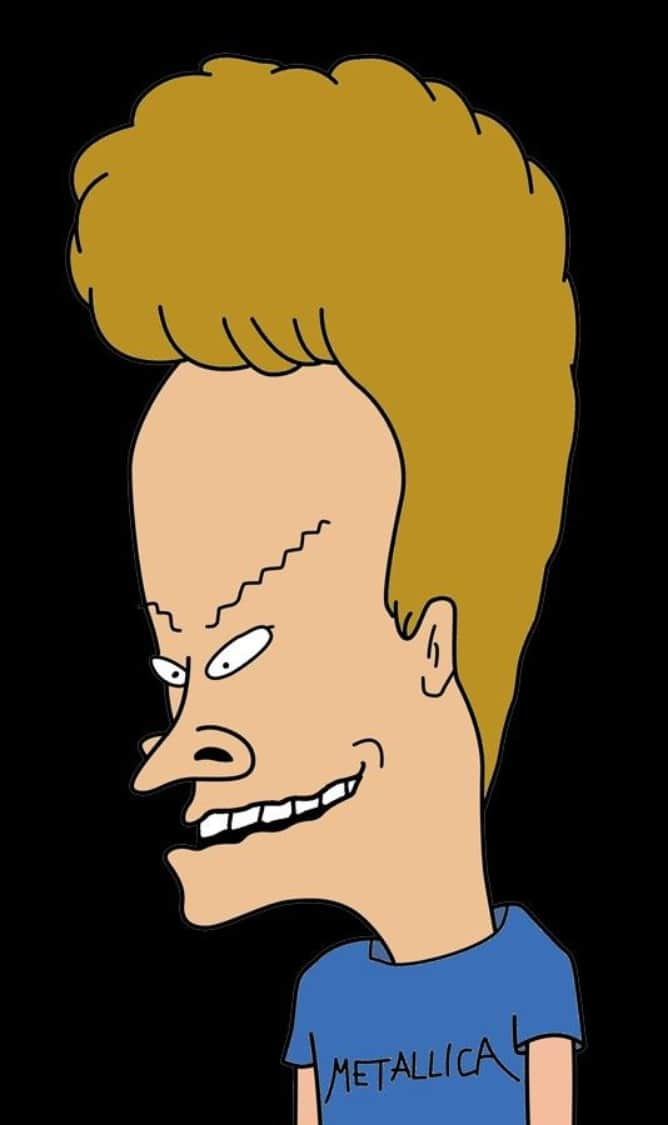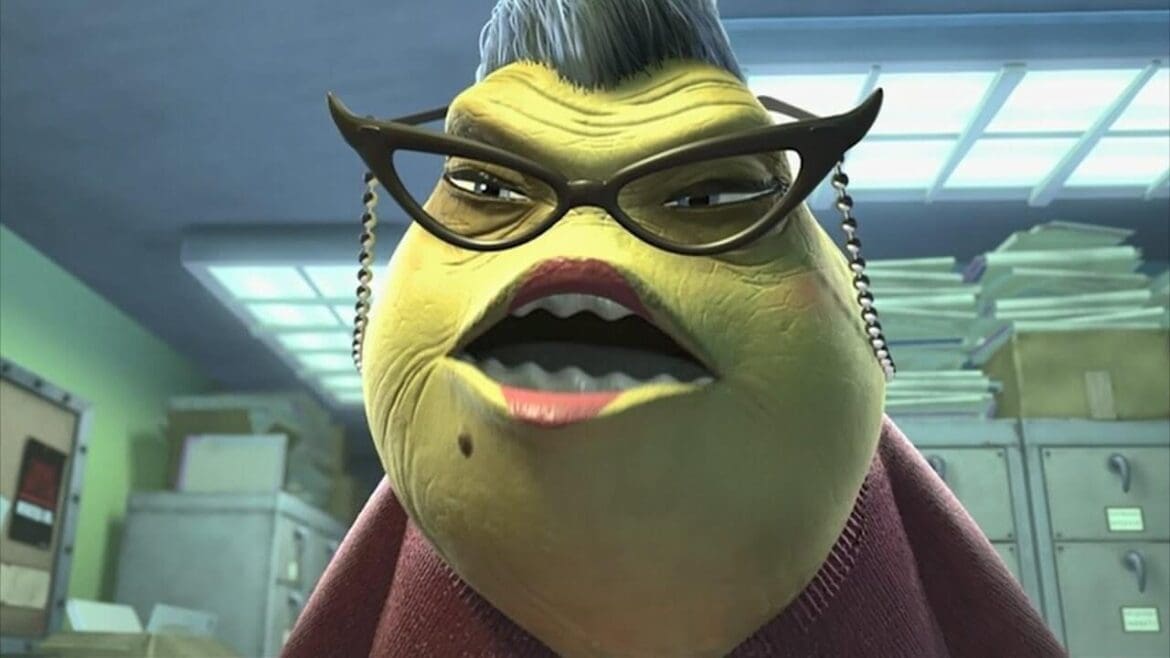Unmasking The Allure Of Skinny Ugly Characters: A Deep Dive
Do unconventional appearances truly limit a character's appeal, or can they become the very foundation of their enduring popularity? The rise of "skinny ugly" characters in media proves that appearances can be deceiving, and often, it's the quirks and perceived flaws that make a character unforgettable.
These characters, far from being accidents of design, are meticulously crafted to resonate with audiences on a deeper level. They defy conventional beauty standards, offering a refreshing perspective on storytelling and challenging the very notions of what makes a character compelling. This article will explore the fascinating world of "skinny ugly" characters, their origins, psychological impact, and their vital role in shaping contemporary media. We'll delve into how these characters are designed, why they resonate with audiences, and their lasting cultural significance.
| Category | Details |
|---|---|
| Character Name | (Example: Shrek, Donkey (Shrek Franchise), Pumbaa (The Lion King), Gollum (The Lord of the Rings), Wallace and Gromit, Gru (Despicable Me)) |
| Appearance Description | (Example: Green-skinned ogre, thin, awkward, with large ears and a distinctive voice, thin, pale, hunched figure, with large eyes, and a distinctive voice, etc.) |
| Origin | (Example: Animated film, animated film franchise, animated film, literature, etc.) |
| Key Personality Traits | (Example: Kind-hearted, brave, loyal, often sarcastic and humorous, Greedy, obsessed, Ingenious, etc.) |
| Role in the Story | (Example: Protagonist, Sidekick, Supporting Character, Antagonist, etc.) |
| Significant Relationships | (Example: Fiona (Shrek), Shrek (Donkey), Simba (Pumbaa), Frodo Baggins (Gollum), Gromit (Wallace), etc.) |
| Memorable Quotes | (Example: "I'm not the hero," "I'm not the hero," "Hakuna Matata," "My precious," "Cheese, Gromit!," "I am going to steal the moon!") |
| Impact on Audience | (Example: Inspires acceptance, humor, loyalty, etc.) |
| Awards/Recognition | (Example: Multiple Academy Award nominations/wins for the respective films) |
| Cultural Influence | (Example: Challenged beauty standards, Promoted acceptance, etc.) |
| Reference | Wikipedia (Example) |
The concept of the "skinny ugly" character has deep roots, appearing in various forms across cultures and time periods. These characters, often initially serving comedic or narrative purposes, have evolved to become multifaceted figures that challenge societal norms.
- Discover Jonathan Hellyer Jones The Genius Of Classical Music
- Cherri Roots Unveiling Her Real Name Inspiring Journey
Historically, these characters provided a contrast to more conventionally attractive protagonists. In Shakespearean comedies, for instance, less conventionally attractive characters might highlight the folly of vanity or underscore the importance of inner qualities. Over time, as the media landscape became more diverse, the demand for a broader range of representation grew. This paved the way for the inclusion of voices and perspectives that were previously marginalized, enriching storytelling and fostering greater inclusivity in media.
The evolution of character design reflects shifting societal values and attitudes. The inclusion of "skinny ugly" characters became a powerful tool for expanding perspectives, giving voice to those often overlooked and offering a platform for diverse experiences. This shift enriched storytelling, but more significantly, it fostered greater inclusivity in media, leading to a more representative and relatable media landscape.
The psychological appeal of skinny ugly characters is rooted in their relatability. Many people can identify with feelings of being "different" or "out of place." These characters become sources of comfort and inspiration, reminding us that beauty is subjective and that true value lies in who we are, not just how we appear. They act as mirrors, reflecting the insecurities and aspirations of their viewers.
- Robert Noah From Rising Star To Entertainment Icon
- Movierulz 2023 Kannada Is It Safe Risks Legal Alternatives
Research in fields like psychology shows that characters who deviate from traditional beauty standards foster empathy and understanding. They encourage viewers to look beyond surface-level appearances and focus on inner qualities, such as kindness, intelligence, and courage, promoting deeper connections between the audience and the characters. This emotional bond is profound, inspiring self-acceptance and personal growth.
The art of designing "skinny ugly" characters is a delicate balance. Artists must convey personality through physical features while avoiding harmful stereotypes. The design process starts with sketches and brainstorming, where designers explore various ideas and concepts, aiming to create a character that resonates with the audience.
Key elements in the design process include a deep understanding of the character's personality, backstory, and motivations. Designers must select distinctive physical features that align with their personality traits, ensuring the design complements the overall tone and style of the media in which the character will appear. The careful selection of design elements is essential to creating a character that is both visually engaging and emotionally compelling.
Modern technology has revolutionized the character design process. Artists now use sophisticated software and tools to experiment with diverse styles and techniques. Despite these innovations, the fundamental principles of simplicity, clarity, and emotional resonance remain central to successful character design. Tools like digital sculpting software, 2D animation software, and even AI-assisted design platforms are used to bring these characters to life.
Some of the most beloved "skinny ugly" characters include Shrek from the Shrek franchise, the endearing Donkey, and Pumbaa from "The Lion King." These characters have captured hearts worldwide, not because of their physical attributes, but because of their humor, wisdom, and the heartfelt stories they tell. They exemplify that being different is not a flaw but a strength.
Other notable examples include Gollum from "The Lord of the Rings" series, Wallace and Gromit from the Aardman Animations series, and Gru from "Despicable Me". These characters share a common thread: they defy conventional beauty standards while captivating audiences with their unique personalities and compelling narratives.
These characters resonate because they embody qualities that transcend physical appearance. They teach valuable lessons about acceptance, friendship, and self-worth, making them timeless and universally appealing. Their impact extends beyond mere entertainment, fostering personal growth and contributing to societal change by challenging conventional norms and celebrating individuality.
The cultural impact of "skinny ugly" characters is substantial. They challenge traditional beauty standards and promote greater representation in media, contributing to a more inclusive society. By showcasing diverse perspectives, these characters inspire future generations to embrace diversity and individuality, creating a more accepting and understanding world.
They also play a critical role in shaping attitudes toward beauty and identity, teaching children that beauty comes in many forms. As kids grow up seeing characters who defy conventional norms, they are more likely to value diversity and celebrate individuality in their lives. This representation is a powerful force in shaping a more equitable and inclusive society.
The inclusion of "skinny ugly" characters in media is a celebration of diversity. It acknowledges that beauty exists in many forms and that everyone has something valuable to contribute. This shift in representation is vital for creating a more equitable and understanding world, fostering empathy, and encouraging acceptance.
The presence of "skinny ugly" characters in media offers numerous benefits. They provide representation for underrepresented groups, foster empathy and understanding, and encourage creativity and innovation in storytelling. Furthermore, they challenge audiences to critically examine societal norms and expectations, prompting reflection on their own biases and beliefs.
These characters often serve as role models, demonstrating that success and happiness are not tied to physical appearance. They inspire viewers to embrace their unique qualities, pursue their passions with confidence, and understand that true beauty comes from within. They also open new avenues for creative storytelling.
They allow writers and artists to explore complex themes and ideas that might otherwise go unnoticed. By breaking free from traditional molds, these characters invite audiences to see the world in a fresh and exciting light. This is a powerful way to push the boundaries of what is possible and encourage audiences to engage with diverse and thought-provoking content.
Creating "skinny ugly" characters is not without challenges. Designers must strike a balance between exaggeration and realism, ensuring their creations are visually engaging and emotionally resonant. They must also avoid perpetuating harmful stereotypes or reinforcing negative attitudes toward specific groups, which requires sensitivity and an understanding of the potential impact of their work.
Additionally, there is often pressure to conform to market demands, which can limit creative freedom. Artists must remain true to their vision, prioritizing authenticity and integrity over commercial success. Overcoming these challenges requires skill, creativity, and perseverance. Artists must stay true to their vision while remaining open to feedback and collaboration.
The future of "skinny ugly" characters looks promising. As media continues to evolve, there will be increasing opportunities for diverse and inclusive representation. Advances in technology and changing societal attitudes will further enhance the potential for innovative and meaningful storytelling. This includes the rise of independent studios and streaming platforms that offer new avenues for diverse voices to be heard.
Innovations in character design will drive the future of "skinny ugly" characters. Emerging technologies and techniques will enable artists to create more dynamic and engaging characters, pushing the boundaries of what is possible in media. The demand for diverse representation will only increase, making these characters even more vital.
The journey of "skinny ugly" characters from folklore and literature to contemporary media is a testament to their enduring appeal. They remind us that true value lies in who we are, not how we look. The power of these characters to inspire and challenge is undeniable.
They inspire us to embrace diversity and individuality, fostering a world where everyone feels seen and valued. The ongoing exploration of character design must continue to recognize and celebrate the power of these characters and the valuable lessons they impart.
- Hdmovieshub 300 Your Guide To Free Movie Streaming
- Hdhub4u Your Guide To Streaming Hindi Movies Online In 2024

Skinny Ugly Cartoon Characters A Deep Dive Into Their Unique Charm

Skinny Ugly Cartoon Characters Drawings Drawing Sketches

45+ Iconic Ugly Cartoon Characters We All Love